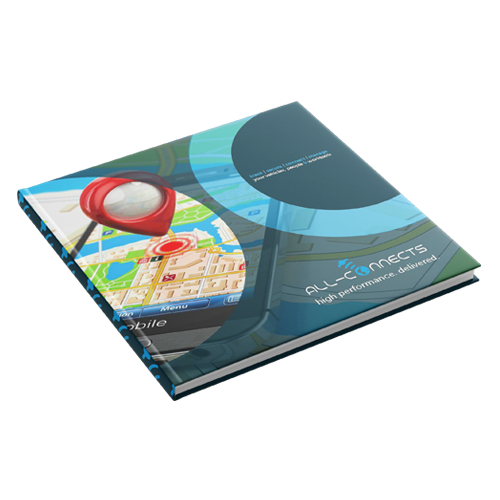| February 2024 | Source: Social Security website
Starting April 1, 2024, the cleaning industry will undergo a significant change. As part of the ongoing fight against social fraud and to improve workplace safety, a new time-recording requirement called "Check In and Out @ Work" will be introduced. This measure is similar to the system already in place in the construction industry and aims to accurately record the presence of each person in the workplace.
These new regulations have two main purposes:
1 | Workplace Safety: Recording who is present makes the response to workplace accidents more efficient.
2 | Combating Undeclared Work and Exploitation: It facilitates for inspection agencies to carry out their inspections, which helps in detecting illegal practices.
3 | Reduction of administration: It is expected that this adjustment will reduce the administrative burden, since the current obligations will be replaced by a more comprehensive and accessible system.
This legislation focuses on the cleaning industry, especially workers under Joint Committee 121. This includes contractors and subcontractors who perform cleaning services, but excludes public and private sectors that use their own staff, as well as sports associations and service check companies.
As an employer, contractor or company that has a contract with a client, you must ensure that your employees, subcontractors and employees of subcontractors are registered. You must:
Employees, self-employed workers, temporary workers and trainees must record the beginning and end of their activities at the workplace. They must also declare their rest breaks.
They use Check In and Out at Work to:
Foreign workers and self-employed persons must follow a specific procedure. More information follows.
There are two ways to register:
1 | An electronic application provided by the National Social Security Office (NSSO).
The Declaration of Work for the place where your staff goes to work generates a QR code or URL for attendance records.
Give this QR code or URL to your employee. If they use them, it will automatically retrieve the Works Declaration technical number corresponding to the employee's workplace.
If your employee uses the online service without a supplied QR code or URL, it will need yourReport of Works number.
The disadvantage of this method does mean that your employees have to manually enter all the personal information each time, with the potential for typos and wasted time.
2 | An external party that facilitates the registration.
You use the NSSO's web service as a transmission channel. Your employee then registers via a smartphone app. You use the web service to consult the presences of your personnel in the workplace.
The big advantage of this method is that you don't have to enter anything yourself. Once your personal data are entered in the application, you never have to enter them manually again. Everything is automatically filled in for you, and the link with NSSO ensures a quick check-in.
The recorded information includes personal identification, workplace address, capacity at the workplace, and times of work and breaks. This information is stored in an NSSO database.
Failure to follow these new rules can result in significant fines ranging from 400 to 8,000 euros, depending on the nature of the violation and the number of employees involved.
The measure was officially announced in July 2023 and will become active from April 1, 2024. This will give companies and workers in the cleaning industry enough time to prepare and adapt to the new requirements.
Have this blog answered your questions, and would you like to learn more about the cost or spar with us about the right application for your business? Then contact us directly by phone 03 289 55 35 or click here to ask for more info or book a consultation.
Share this All-Connects blog:
You can also find this info on the Social Security website
After reading this blog, are you curious about which tracking and digital solutions All-Connects offers? Ask us your question and we will answer you as soon as possible.
